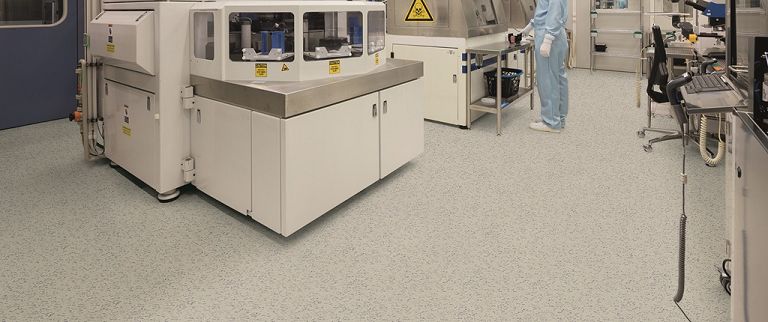
Here, we have organized and answered some of your frequently asked questions about electrical rubber mats. We research from how electric rubber pads work to how we produce them, where they should be used and how to use them safely.

1. How does the rubber safety mat work?
First, we must have a basic understanding of rubber. Rubber is a natural dielectric material. Due to its molecular structure, it inhibits the flow of electric charges, thereby preventing the free flow of electrons.
Many elements of rubber make it an ideal material for electrical safety matting. First, rubber is suitable for use as an insulator due to its dielectric and resistive properties (in many applications across the industry). The flexibility and cushioning properties of rubber also make it an ideal material for electrical rubber pads.
Electrical safety matting requires strict quality control procedures, because any additives (dyes, fillers, preservatives, and curing agents) that may have been added to the rubber will affect the resistance of the rubber, thereby affecting the performance of the rubber under various conditions. Therefore, our electrical rubber matting powder has undergone rigorous testing.
2. How do manufacturers produce electrical rubber pads?
The process of most manufacturers to produce electrical rubber pads includes four stages, namely:
Mixing: The process of making electric pads starts with mixing. The ingredients are accurately weighed according to the formula. After that, workers preheat the mixture to 95°C to 104°C, then mix thoroughly and use rollers to remove residual air to produce an unvulcanized sheet that is about 2mm-3mm thicker than the finished product.
Calendering: The compound of the mixture is then flattened. Due to the earlier pre-heat treatment, stable operation of the calender can be ensured and shrinkage can be reduced. The surface temperature of the roll is controlled to +/- 1°C.
Rotation: The second part of the calendering process is carried out on a rotary machine, where the rib pattern is applied to the top surface and the marking tape is applied to the bottom surface.
Drying and testing: The paper roll is then air-dried before passing it through the 2-electrode test station. This ensures that each flowmeter meets the correct electrical specifications based on the thickness; 11kv at 6mm and 15kv at 9.5mm.
Finishing: After following the above steps, the material is wound into a roll, and then provided to you in a whole roll or reduced to a specific size.
3. Where should I use electric rubber pads?
Rubber mats should be used anywhere with a high risk of electric shock, including:
In front of the switchboard
In front of the machine control device
In the factory room
In the elevator control room
Portable protection for field equipment when working as field equipment
4. How to use electric rubber pads?
To ensure electrical safety, always make sure to perform the following operations when using rubber pads. It is important to use electrically insulating gloves and have the operator stand on the electrical rubber mat in front of the electrical equipment, so as to protect the operator from direct physical impact.
5. What are the sizes of electric rubber pads?
BEIJING ADT RUBBER & PLASTIC Ltd. can provide a series of electric rubber pads with standard width and length, or customize the size according to your factory needs, and cut your electric rubber pads into specific sizes.
Please browse online now to learn more about our electrical insulating rubber sheets.
Categories
Latest Blog
© Copyright: BEIJING ADT RUBBER & PLASTIC Ltd. All Rights Reserved.

IPv6 network supported